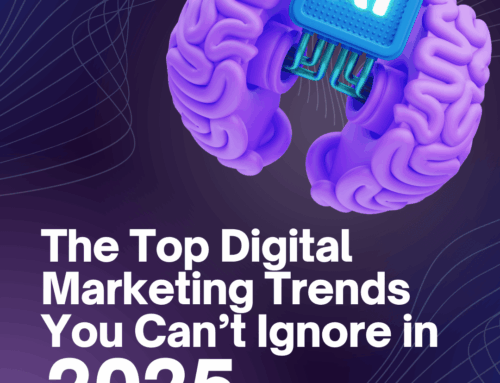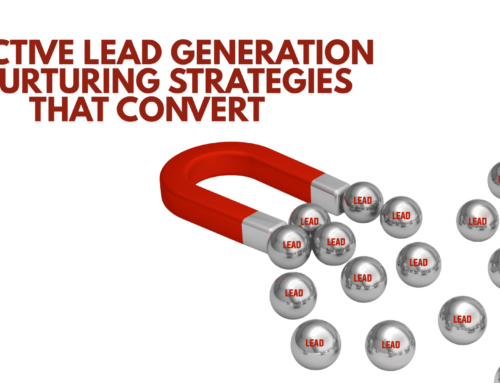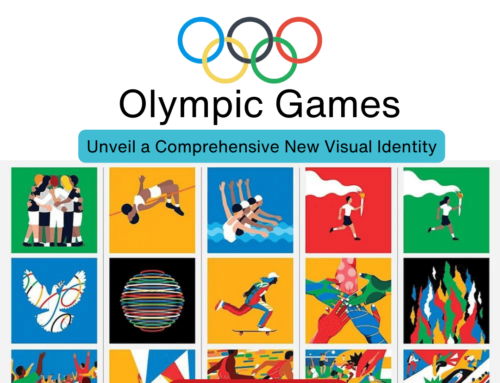The Power of Association
It’s safe to say that the human mind tends to associate experiences (both positive and negative) to the objects surrounding them. These associations are the reason why that piece of warm apple pie reminds you of your grandmother, or why you just can’t bring yourself to toss out a band tee you bought at your favorite concert. The idea that individuals form emotional attachments to products through experience has been explored constantly in consumer psychology, and it is the reason why Experiential Marketing is such an effective strategy.
Experiences that create positive memories, if successfully associated with your product or service, can have a huge impact on your audience’s emotion. So, your understanding of this concept is crucial to developing successful marketing campaigns for your brand. In this post, we’ll talk about some of experiential marketing’s many benefits and give you some examples that make us say, “Now THAT’S how it’s done.” But before we jump into that, let’s start with a quick definition.
What is Experiential Marketing?
According to ngdata.com, Experiential Marketing is “an advertising strategy that focuses on helping consumers experience a brand.” Experiential marketing veers off course from traditional strategies that broadcast brand and product benefits to a wide audience. Also referred to as engagement marketing, experiential marketing may be comprised of a variety of marketing strategies geared toward immersing consumers within the product by engaging them in as many ways as possible.
Ultimately, companies utilizing this strategy want to help customers form memorable, emotional connections with a brand to foster customer loyalty and improve customer lifetime value (CLV).
Participants can take part in these events either actively or passively and the experiences can take form at sponsored events, pop-up activations or even online.

Why Should My Company Market through Experiences?
Differentiating your Brand
We live in a world where we are constantly bombarded with information through social media, television, and radio programming. And while those strategies have proven to be effective, they have the tendency to become repetitive, impersonal and easy for your audience to tune-out. Additionally, the conversation between you and the consumer through many traditional avenues of marketing is one-sided, without much opportunity to receive feedback in real-time.
Because of this oversaturation in the digital realm, experiential marketing tends to thrive in areas where digital strategies usually fall short. Allowing individuals to experience your brand instead of just passively acknowledging its existence is key in making yourself stand out against competitors.
Meeting the Consumer on Their Terms
One of the best ways to turn your audience off to the idea of your brand is to create a campaign that is intrusive, an interference or just plain annoying. While most forms of traditional marketing run the chance of being a nuisance, many individuals who take part in experiential marketing events do so voluntarily. By taking your marketing efforts to the place that consumers already are, the likelihood of positive reception increases. Exciting and passionate events such as concerts and sporting tournaments are great examples of places that your audience already wants to be.
But an opportunity also presents itself in the everyday locations that individuals have to be. Schools, parks and other areas individuals use in their daily commute are great places where introducing a fun or interesting experience can break monotony and create a productive interaction between consumer and brand. Watch below to see how Weight Watchers set up an affirming, interactive display at Grand Central Station.
According to the EventTrack 2018 Experience Marketing Forecast, consumers stated that one of their top two preferred advertising channels were events and experiences. In fact, Consumers prefer to understand their products through events and experiences 15% more than with social media ads. “By a significant margin, consumers say the top two advertising channels that best help them understand the benefits of products and services are brand websites and events and experiences. Essentially all other marketing channels and brand-controlled information sources are considered secondary to consumers.”






